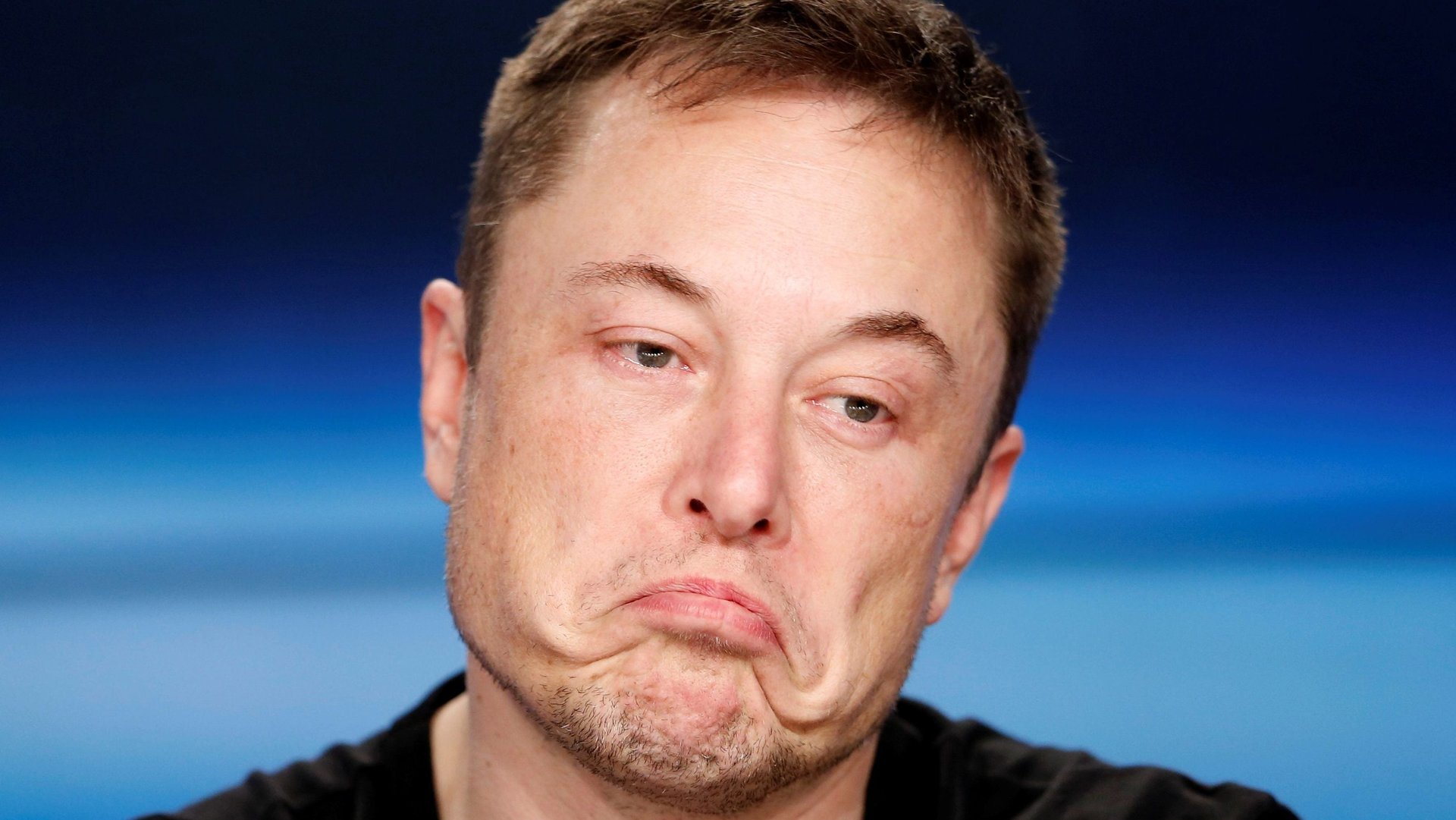Tesla is in need of a financial recharge
Tesla’s stock has fallen by 15% so far this week, one its worst short-term drops on record, following a batch of bad news for the electric carmaker. Federal investigators announced they are looking into a lethal Model X crash in California, and a credit downgrade by Moody’s pushed Tesla bonds deeper into junk status.


Tesla’s stock has fallen by 15% so far this week, one its worst short-term drops on record, following a batch of bad news for the electric carmaker. Federal investigators announced they are looking into a lethal Model X crash in California, and a credit downgrade by Moody’s pushed Tesla bonds deeper into junk status.
Tesla is in need of a financial recharge. The slow trickle of new Model 3s is starving the company of cash, while adding pressure on its ability to raise money. Musk’s company will have to raise more than $2 billion in the “near term,” according to Moody’s. This is to cover the $500 million needed for normal operations, cash burn of some $2 billion this year to increase capacity, and $1.2 billion of convertible debt coming due through early 2019.
Tesla remains well behind its original target of 5,000 Model 3s per week by the end of 2017. That milestone is now set for June, while the company attempts to achieve a production run of 2,500 Model 3s per week by the end of March. We should know more about Tesla’s production numbers next week when the company plans to update investors on its progress. At the moment, the number of customers reporting deliveries suggest there is no good news to report, and the market is likely anticipating it.
Still, Tesla borrowed $1.8 billion in August from bond investors, who apparently overlooked the company’s ongoing bonfire of cash. Those securities have plunged in value along with the company’s stock, signaling that debt investors are less convinced they will get paid back. (In recent trading, Tesla’s 2025 bond changed hands at 88 cents to the dollar.) To raise more money, the Palo Alto-based company will probably have to resort to bank loans that are backed by hard collateral, or sell more shares. Neither move would sit well with current shareholders or creditors.
Tesla CEO Elon Musk has effectively bet the company on the success of the $35,000 (base price) Model 3. The car’s debut was a hit: hundreds of thousands of people signed up to purchase the car and placed $1,000 deposits to hold their spot on the waitlist (an unprecedented feat for a car company). But manufacturing problems have crippled production. In a November letter to investors (pdf), Tesla CEO Elon Musk blamed “production bottlenecks” due to malfunctioning battery module assembly equipment in its Gigafactory 1 outside Reno, Nevada. Tesla redesigned two parts of the battery assembly process, while assigning some of the blame to “manufacturing systems suppliers.”
When Tesla releases numbers in April, Musk will probably hold fast to his original contention: production volume for the Model 3 will follow an S-curve, and it’s hard to predict exactly when the exponential upward slope will start. Musk said in a February earnings call he wants to produce around 1 million cars per year by 2020. With every fresh setback, that looks further out of reach.